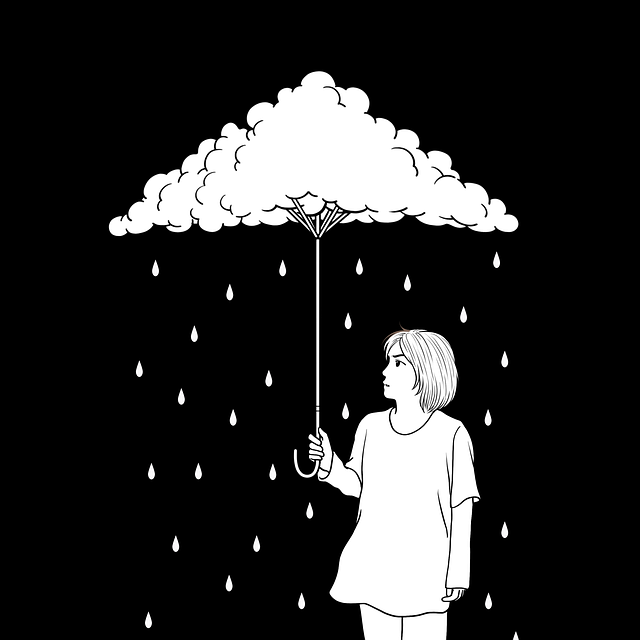I started this series on mental health with the hopes that people would become more aware of the complexity of mental health issues. In part 1, I shared an example of what could be happening behind closed doors. In part 2, I shared some examples of the challenges that families face when they have a family member with serious mental illness in their household.
Now, in part 3, I would like to share the challenges of navigating the insurance and health care system.
Unfortunately, even when a person who needs help KNOWS they need help, getting the help they need can be problematic for a variety of reasons.
Financial barriers are a common obstacle. Here in Anchorage, AK, the going rate for a visit with a LPC (License Professional Counselor), psychologist or other counseling services starts at about $150/hour, and it goes up from there. For someone working a minimum wage job or someone uninsured, that $150/hour might as well be $1000/hour- the expense is often cost-prohibitive.

And yes, there are sliding scale services around. However, because the ACA (American Counseling Association) Ethics Committee recommends against mental health professionals using a sliding scale, many do not offer sliding fee scale services.
The argument against it has several points: First, it is perceived as discriminatory since the sliding fees scale is based on income. Consequently, people with larger incomes pay more for the same service being provided to clients with lesser incomes. As a result, some arguments state that a sliding scale can come across as gouging those with higher incomes. In addition, managed care contracts can be impacted based on a sliding fee model. As a result, while sliding fee scales ARE out there, they are not as prevalent as the need for mental health counseling is. If it available to you, and cost has prevented you from getting help, PLEASE seek out those services. I believe no person should have to choose between paying their rent/mortgage and having access and funds to pay for mental health care.

Even if you are fortunate enough to have insurance, you may still encounter trouble finding a mental health professional who accepts your insurance plan. Fewer and fewer mental health professionals participate in insurance networks and among those that do, they generally only participate in a few (often only one or two) insurance networks.
Heck, just trying to navigate the insurance hurdles and coverage limitations is enough to push someone who is struggling
Right.
Over.
The.
Edge.

And don’t even get me started on EAPs (Employee Assistance Plans)! While the concept sounds terrific, the limitations often make them unfeasible… i.e. Many EAP’s offer three free sessions which sounds great, … but how many people in the midst of a life crisis (loss of partner or child, death, serious illness, etc.) can work through those challenges in three sessions or less? And what kind of pressure that does that put on a person who is already overwhelmed? If you opt to go with the EAP, you should check to see if the mental health professional in your EAP also accepts your insurance, so you can continue to see them and get the help you need after your first three complimentary sessions.

Good grief! How much time should a person in crisis spend trying to get the stars to align so they can get the help they need, for as long as they need it, without undo financial hardship?
Sigh… even when companies and employers have the best of intentions, the complications in health care coverage, insurance and EAPs create stumbling blocks.
And someone who is struggling to simply put one foot in front of the other shouldn’t have to navigate the roadblocks of finances and insurance coverage, too.
It is more complicated than it seems.
So be kind, always.












